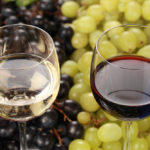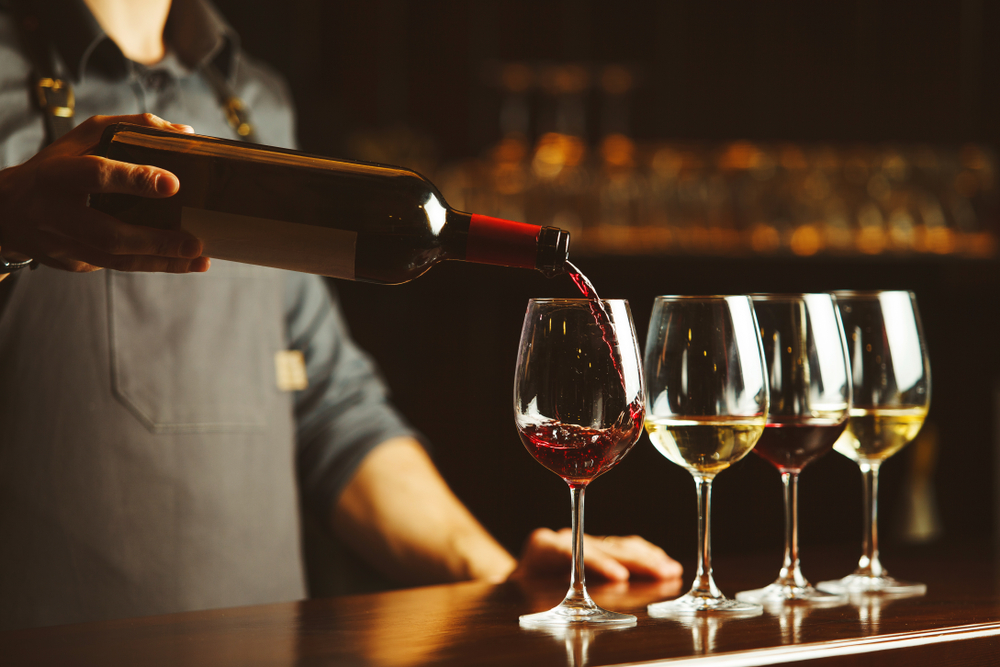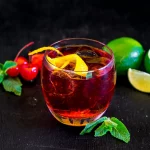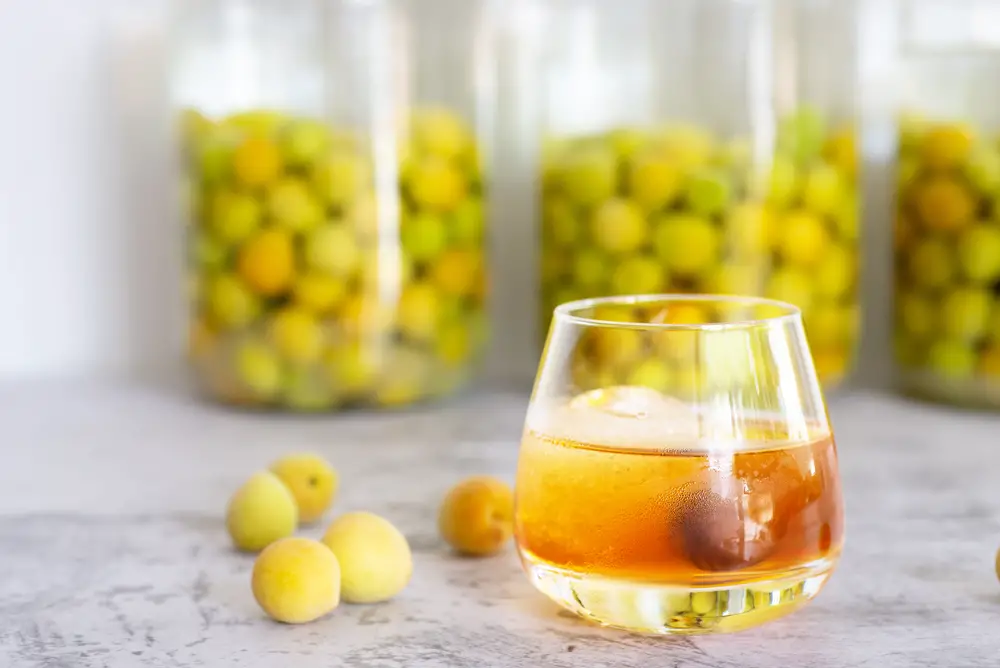Wine is one of the oldest alcoholic beverages that we are aware of, and its recorded history states that it dates back to more than 12,000 years ago.
Early Egyptians have been known to enjoy wine, and it actually became so popular that it developed into an industry of its own. Interestingly though, wine yeast was only actually discovered in the 1850s by a French scientist called Louis Pasteur.
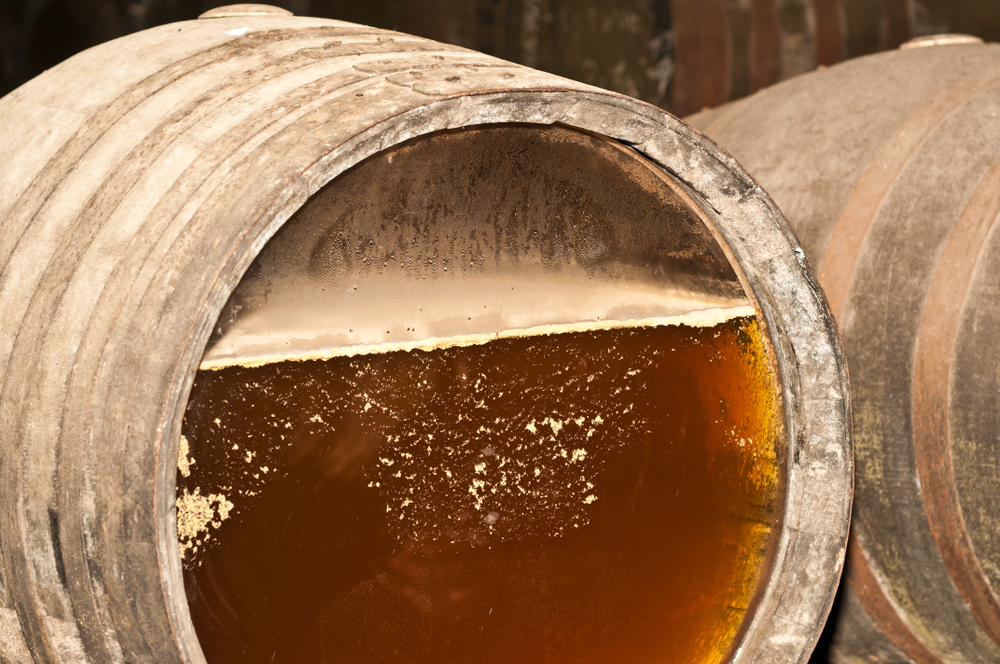
It was suggested that the fermentation of wine was due to the presence of a living organism, and thanks to this discovery, wine yeast is now used in winemaking.
Yeast actually has a really important role when it comes to the making of wine, and it is the element that turns grape juice into wine.
If you are thinking of making your own, then you might be left wondering where you can buy wine yeast and how you can get your hands on it.
In this article, we are going to tell you exactly where you can buy wine yeast, so you can start making your own wine to high standards in no time.
What Is Wine Yeast?
Wine yeast is a unicellular type of fungi that can be found on the skin of wine making grapes. These organisms are fermentative, and they can consume a number of sugars.
Some of the more common yeast varieties that occur naturally on grapes include genera like Hanseula, Kloeckera, Saccharomyces, Hanseniaspora, Candida, Brettanomyces and Pichia.
The role of yeast in winemaking is the most important element that distinguishes wine from grape juice. Without any oxygen present, yeast will work to convert the sugars of wine grapes into alcohol and carbon dioxide through a process that we know as fermentation.
The more sugars that are present in the grapes, the higher the potential alcohol level of the wine, as long as the yeast are allowed to carry out fermentation dryness.
Sometimes, winemakers will stop fermentation early in order to leave some residual sugars and sweetness in the wine, like with dessert wines. This is something that can be achieved by dropping fermentation temperatures to the point where the yeast are inactive.
Filtering the wine will then remove the yeast or fortification. If fermentation is unintentionally stopped, like when the yeast becomes exhausted of available nutrients and the wine has not yet reached dryness, it will be considered a stuck fermentation.
The most common yeast that is associated with winemaking is Saccharomyces cerevisiae, which is a type of yeast that is often favored. This is because it has predictable and vigorous fermentation capabilities.
It is also very tolerant of relatively high levels of alcohol and sulfur dioxide. As well as this, it is able to thrive in normal wine pH between 2.8 and 4.
Even though this type of yeast is widely used, it is rarely the only species of yeast that is involved in the fermentation process. Grapes that are brought in from harvest with the purpose of making wine will usually be full of a variety of wild yeast.
The Fermentation Process In Making Wine
It is commonly believed that spontaneous fermentation in the non-Saccharomyces yeast genera, like Hanseula and Kloeckera, starts at the beginning stages of fermentation.
As the fermentation process continues, the alcohol content will rise. The non-Saccharomyces will be unable to continue with aggressive growth, and the native Saccharomyces yeast take over fermentation.
There are some people that tend to prefer natural fermentation over pure yeast strains for the various flavors that the wine is able to acquire during this process.
However, there are also others that prefer to maintain control over the process, and they feel that spontaneous fermentation is much too unpredictable, often introducing odors to the wine.
People that believe in inoculation by pure strains of yeast will often assume that the introduced yeast strains are going to carry out fermentation, but research shows that even in this case, the native Saccharomyces and non-Saccharomyces take part in the fermentation process.
By-Products Of Yeast In Wine
Alcohol is the main by-product of yeast when it comes to the making of wine, and yeast can also be used to provide several other products that can also affect the final condition of the wine.
One of these things is glycerol, which is something that is produced by the reduction of dihydroxyacetone. This is an intermediate of the glycolysis cycle.
Glycerol is something that will improve the overall body of the wine, and it gives it a slightly sweet taste, all while keeping the alcohol level unchanged.
For this reason, there are many winemakers that will make their wine in conditions that favor the production of glycerol.
Pectins will also produce methanol through demethylation by yeast enzymes. This will occur more in red wines than white wines, but not by much.
When amino acids start to decompose, they will form fuse oils like 2,3 Butanediol, and this has a neutral smell. Winemakers have been known to add yeast to wine that has become too buttery, as yeast consumes diacetyl, which reduces this.
Some of the other components that are produced in the wine making process include acetaldehyde, pyruvic acid, hydrogen sulfide, succinic acid and acetic acid.
What Is The Difference Between Wine Yeast And Bread-Baking Yeast?
You may now be wondering whether or not you can make wine with normal bread yeast, but these two types of yeast are very different.
One of the main differences between these two types of yeast is that wine yeast is mainly intended for the production of high levels of alcohol, which means that it has lower carbon dioxide levels.
As well as this, the packaging for bread yeast is at a food grade level, whereas wine yeast is packaged in sterile conditions as it is associated with long-term fermentation periods.
Wine yeasts are high tolerance strains that are able to remain active up to levels as high as 17% alcohol, and it can remain stable in environments with sodium metabisulfite, which is a staple in wine making.
In comparison to bread yeast, wine yeast will clear much quicker, and it does not foam as much when fermenting.
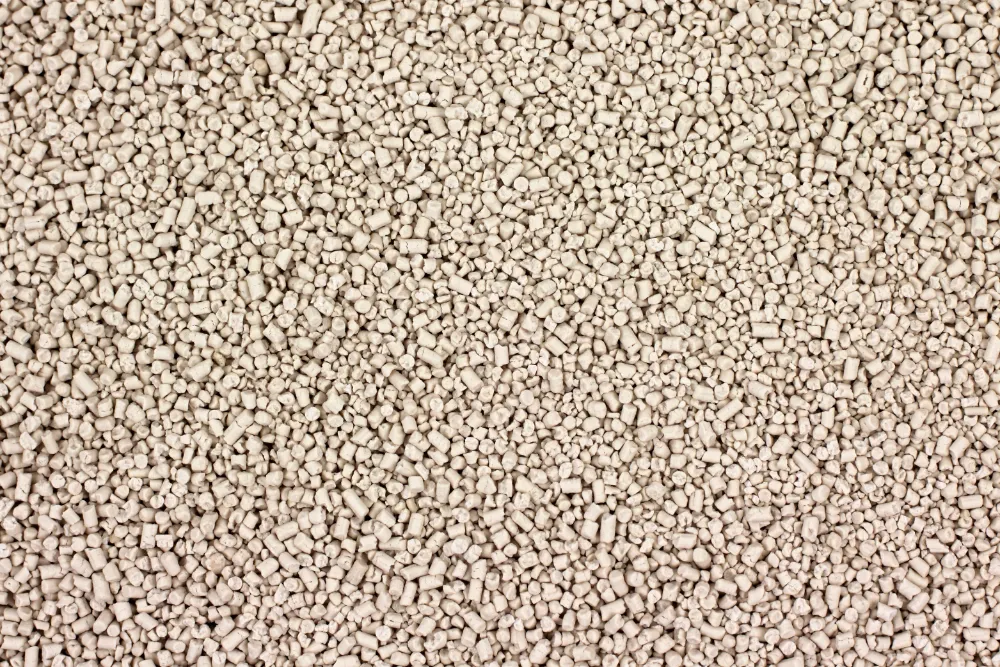
Where Can I Buy Wine Yeast?
As time has gone on, yeast has been developed so that you can acquire all strains of it commercially. Suppliers like Cider Hous, Craft Series, SafCider, Red Star, and Lalvin all have various strains of wine yeast that can be used for home brewing purposes.
These are 500g packs of yeast that can be purchased from anywhere between $1 and $50, depending on the type of yeast that you are looking for. You can also go to specific suppliers if you are in large scale production or simply need packs that are larger than 500g.
Who Supplies Wine Yeast In America?
The following are American suppliers of wine yeast:
- The Wine Lab, 477 Walnut St., Napa, CA 94559. (707)224-7903.
- CelluloCo., 2949 E. Townsend Ave., Fresno, CA 93721. (209)485-2692.
- Presque Isle Wine Cellar, 9440 Buffalo Rd., North East, PA 16242. (800)488-7492.
- Scott Laboratories, 2220 Pineview Way, PO Box 750249, Petaluma, CA 94975. (800)821-7254.
- Vinquiry, 16003 Healdsburg Ave., PO Box 695, Healdsburg, CA 95448. (707)433-8869.
- Universal Foods Corp., 433 East Michigan St., Milwaukee, WI 53201. (414)347-3886.
If you are looking to make a quick purchase that is simple and convenient, then you might want to check out Amazon, as there are a wide variety of wine yeast options available.
What Are Pure Yeast Cultures Used For?
Using pure yeast cultures for alcoholic fermentation has lots of different advantages, and yeast can be used as a liquid culture, or as a dry wine yeast. Liquid yeast starters will take a lot of work to make, and they will require specialist equipment.
What Are The Advantages Of Pure Yeast Culture?
- Offers more control over the fermentation process
- The fermentation process starts quicker
- It is easier to create deliberate results in the final wine
- Creates consistent wine production with a set quality
- Prevents your wine from developing an off flavor
Yeast plays a very big role in the whole winemaking process, and different types of wine will have specific strains of yeast.
When it comes to making your own wine, it is always a good idea to find out more about the best yeast to use before you get started, so you will be off to the best possible start.
- Shrimp Cocktail (and More) Wine Pairing Guide - 09/06/2022
- What Wine Serving Sizes Look Like: Standard Size and More - 08/06/2022
- How Much Sugar is in Wine: Glass and Bottle Sugar Content - 08/06/2022

